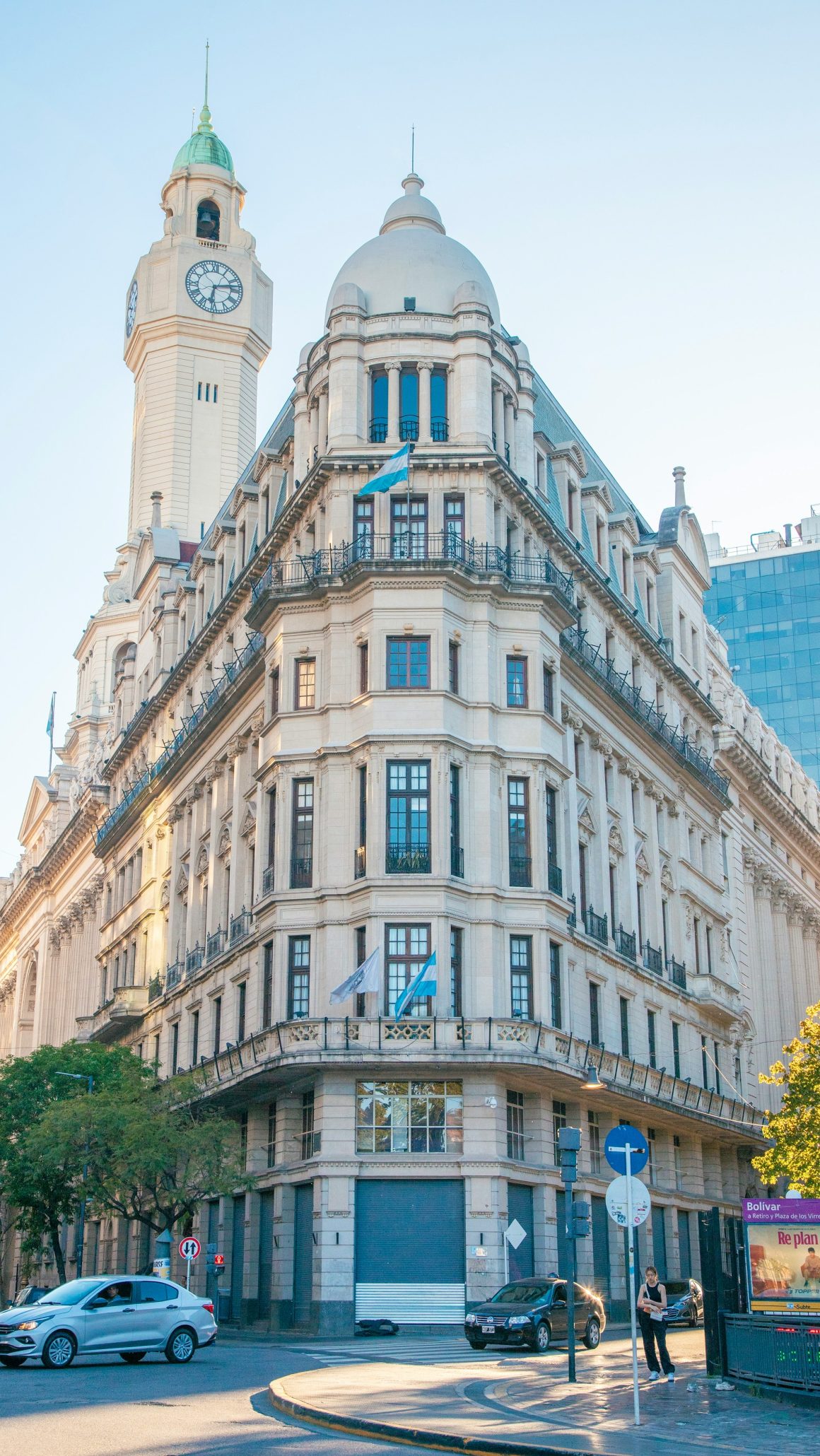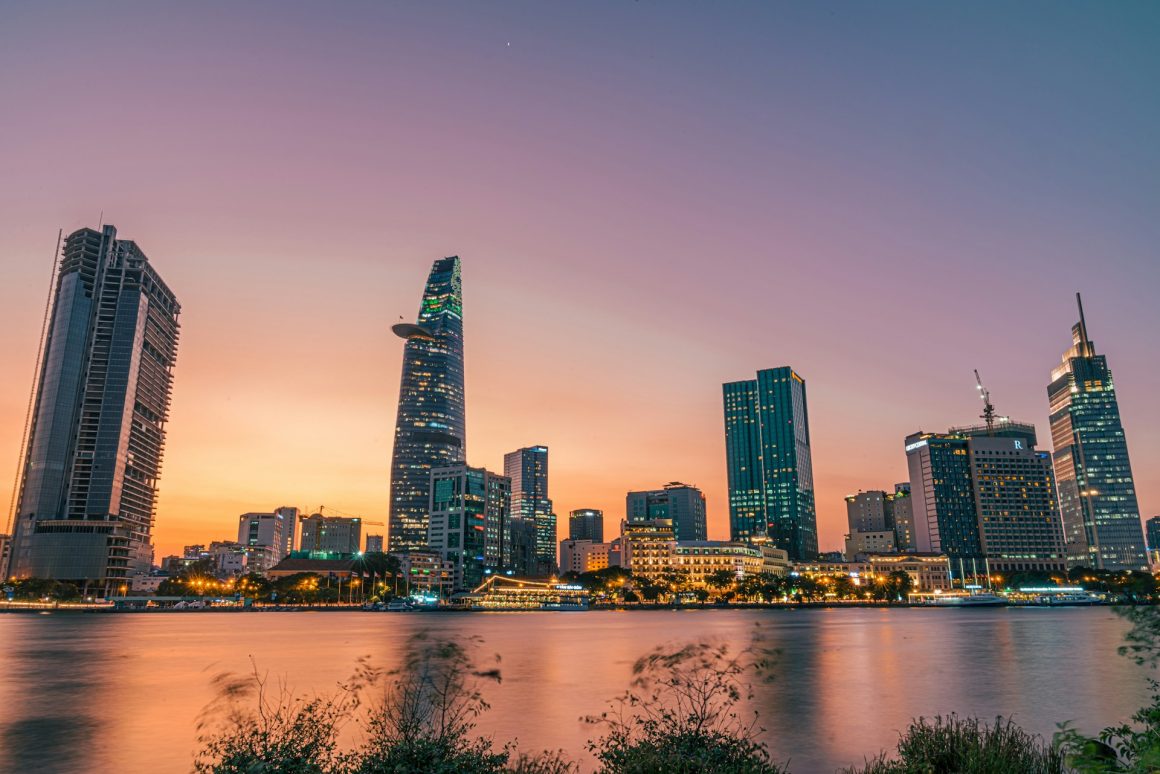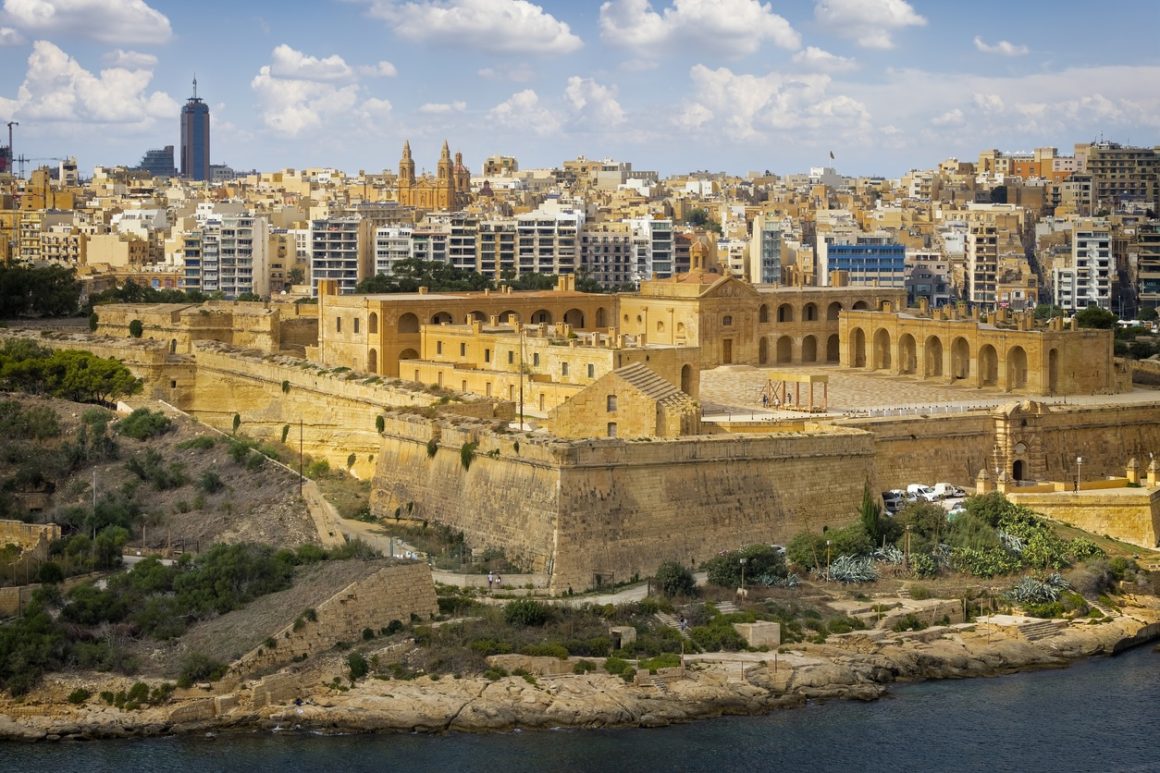I’ve been a full-time digital nomad for over four years, and it’s been the adventure of a lifetime. I’ve relaxed on a beach in the Maldives, gone snorkeling in Brazil, flown in Qatar Airways Qsuites, drank wine in Argentina, and seen a koala in a tree in Australia. If you are a digital nomad, you know that a considerable part of this lifestyle is figuring out what’s next.
Whether you are someone who prefers to stay in a city for a few months or you move on after a week, there’s a significant amount of planning involved in constantly being on the road. If you are trying to figure out the best cities for digital nomads in 2026, you’re in luck. Here are our top 7 picks.
Editor’s Note: This guide, written by a freelance journalist, is designed for remote workers, new digital nomads, and part-time adventurers looking for inspiring places to live and work in 2026. We focus on lifestyle, affordability, and community — not on tax or residency optimization. If you’re a U.S. citizen, you’ll most likely continue paying your taxes in the U.S., even while working abroad.
Methodology
We considered several key metrics when selecting the top seven cities for digital nomads in 2026. To start, each city needed to have a strong digital nomad presence. When you’re on the road, it’s helpful to have a network to fall back on.
We also considered the cost of living to provide options for various budgets. To determine the cost of living, we examined the median daily rental rate from Airroi.com and analyzed data on restaurants, groceries, and transportation from Numbeo.com.
Our selections include destinations in North America, South America, Europe, and Asia. Africa and Australia are both fantastic destinations for digital nomads, but we believe that these seven cities stand out as the best of the best. Here’s what you need to know.
Related: How to Avoid Burnout While Traveling Long-Term
Buenos Aires, Argentina


Throughout my time as a digital nomad, I’ve spent more time in Buenos Aires than anywhere else in the world. It’s a phenomenal city with so many things to do. It’s a major hub for digital nomads, in no small part due to the extremely active digital nomads group that hosts weekly meetups. I’ve met some of my closest friends at these meetups, and it’s a great way to meet new people when traveling alone.
Argentina has undergone significant changes over the years, and inflation has made it considerably more expensive than it once was. However, you can still find excellent deals, especially when you move away from the tourist-centric Palermo neighborhood.
On average, you’ll pay $41 per night for an apartment rental, $15 for an average meal, and $4.04 for a cappuccino. A short Uber will cost just a few dollars. The official language is Spanish, but English is widely spoken. It’s a very safe city, and you don’t generally need to worry about anything other than pickpocketing. With a U.S. passport, you can stay in Argentina for up to 90 days on a tourist visa. If you wish to stay longer, you can fly to a nearby country, such as Uruguay, Brazil, Paraguay, or Chile, then re-enter and obtain a new 90-day visa.
Chiang Mai, Thailand


Chiang Mai is a dream destination for many, myself included. Thailand has been one of the most popular destinations for digital nomads since before the term “digital nomad” was coined. Chiang Mai is a great way to experience the Thai way of life, offering fantastic food and culture. There is a wealth of natural beauty everywhere you look, and it’s more laid-back than other cities in the country, such as Bangkok.
Chiang Mai is also one of the most affordable places for digital nomads. You can rent an apartment for just $36 per night. You can get a delicious meal at an inexpensive restaurant for just $2.00. The official language is Central Thai, but you’ll likely hear English everywhere since this is such a popular destination for digital nomads. You can stay in Chiang Mai for up to 60 days on a tourist visa as a U.S. traveler, with the option to extend another 30 days.
Ho Chi Minh City, Vietnam


If you love cities, you’ll love Ho Chi Minh City. It’s home to more than 14 million people and is buzzing at any point in the day. It boasts a great infrastructure, including fantastic Wi-Fi, as well as numerous cafes and bars where you can work. Plus, Vietnamese food is delicious.
Vietnam is almost as affordable as Thailand, offering rentals around $43 per night. Food and activities are even cheaper — only $1.90 for a meal or $1.01 for a taxi ride. You can even join a gym for under $20 per month. The official language is Vietnamese, but like Thailand, you’ll probably hear a lot of English while walking around. As a U.S. citizen, you can apply for a 90-day e-visa prior to traveling to Vietnam for tourism purposes.
Larnaca, Cyprus


Larnaca is renowned for attracting digital nomads due to its excellent weather and being home to some of the best beaches in Europe. Although the official languages are Greek and Turkish, English is widely spoken, making it very easy to navigate life there. It’s also popular because Cyprus is not in the Schengen Zone, which means you can head there once you’ve run out of Visa-free days in other parts of Europe.
Larnaca is the second most expensive option on this list, with rentals around $83 per night. A meal at an inexpensive restaurant will cost around $17.56, and a short taxi ride will cost $3.77. Even though it’s more expensive than places like Chiang Mai, it’s still much cheaper than many other destinations, including those U.S. cities you might have lived in before you started the nomad lifestyle. With a U.S. passport, you can stay in Cyprus for up to 90 days on a tourist visa.
Related: The Best Global eSIMs for International Travel
Sliema, Malta


Sliema is popular thanks to its convenient location in the Mediterranean. You’ll find a mix of co-working spaces and cafes with Wi-Fi right next to the beach. This offers you the best of both worlds — the ability to get work done and feel like you’re on vacation immediately after. Malta is in the Schengen Zone, which means you can stay up to 90 days at a time as a U.S. tourist, including your days in other Schengen countries.
Sliema is the most expensive destination on this list, offering apartment rentals around $126 per night. Other expenses are similar to those in Cyprus — a meal at an inexpensive restaurant costs $21.07, and a short taxi ride will cost $7.53. However, Sliema is the only option on this list that lists English as an official language, meaning it will be incredibly easy to communicate with locals.
Medellín, Colombia


Medellín is another one of my favorite digital nomad spots thanks to its affordability, climate, and phenomenal coffee. It’s nicknamed the City of Eternal Spring because it has beautiful weather all year round. You will have to endure a rainy season, but it’s worth it for the lush landscapes it provides. Most digital nomads live in El Poblado or Laureles, but you can also explore areas like Envigado or Sabaneta.
On average, an apartment costs around $48 per night. You can eat a meal at an inexpensive restaurant for just $6.18, grab a cappuccino for $1.69, or take a taxi for one mile for $3.18. The official language is Spanish. While it might be challenging at first for an English speaker in Colombia, you’ll catch on to the Spanish fairly quickly. People are patient and speak slowly to help you learn. You can stay for up to 90 days as a U.S. traveler, with the possibility to extend for another 90 days.
Mexico City, Mexico


Mexico City, Mexico, is a fantastic destination for digital nomads and is one of my favorite cities in the world. Although it’s a huge city, home to almost 23 million people in the metropolitan area, it feels more like a small city. There are parks everywhere, and most streets are lined with trees. Each neighborhood offers something unique.
Many nomads live in Condesa or Roma Norte, and you’ll find dozens of cafes, restaurants, taquerias, and bars everywhere you look. Mexico City is also a great base to explore Mexico’s natural hot springs.
Unfortunately, Mexico City is on the more expensive side of Latin American digital nomad hotspots. You’ll spend $59 per night on an apartment rental, $11.47 for a meal at an inexpensive restaurant, or just 37 cents for a ride on local transport. You can offset the higher cost of your rental by eating street food, which is very affordable and equally delicious.
The official language is Spanish, but most people speak English. You can also stay in Mexico for six months on a tourist visa if you are a U.S. citizen.
Bottom Line


If you are anything like me, your bucket list of destinations gets longer the more you travel. There are so many corners of the world that offer something special. While it might be challenging to visit them all, these seven cities are fantastic places to start or continue your journey. You’ll have the opportunity to meet fellow nomads while working remotely in each of these cities. Whether you prefer South America or Asia, there’s an option for everyone.
New rankings shift every year, but the best digital-nomad cities in Europe, Asia, North America, and Latin America share the same DNA: reliable internet, reasonable living costs, a welcoming community, and visa paths that don’t require a lawyer.
If you want to plan your remote work in a low-tax place, check out these destinations.









